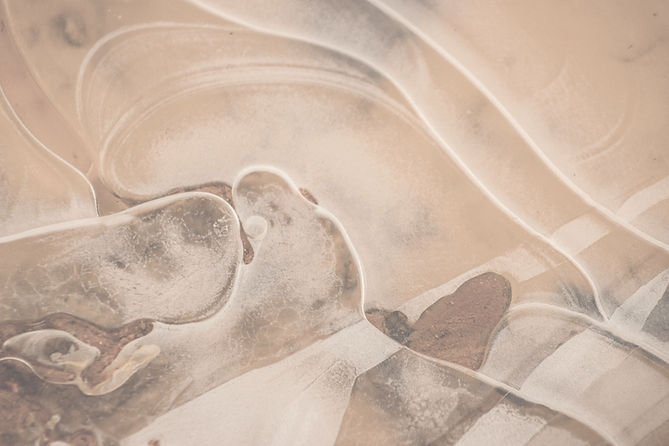


SECURITY AND CRISIS MANAGEMENT
01
Key control
Access to maintenance areas between guestrooms, such as service ducts, should be controlled with a master key. The master key must be kept in a secure place when not in use.
Guestroom numbers will not be printed on key cards. Guests must show identification to receive replacement keys.
In crime-prone areas, a survey will determine the most suitable lock type.
02
Front desk
Associates will not connect incoming calls to resident guests without the caller identifying the guest by name.
Guestroom numbers should only be disclosed to incoming callers or on-property inquiries with the explicit permission of the guest.
03
Housekeeping
Each occupied guestroom that has not been serviced must be contacted or checked at least once daily to ensure guest safety. If no contact is made with the guest, the guestroom must be visually checked.
Housekeepers will ensure that key cards are not left on their carts.
04
Luggage
A secure storage facility must be available for the temporary storage of the luggage of registered guests.
05
Guest safety awareness
While escorting guests to their room, the porter will advise them of the primary and secondary escape routes in an emergency.
Guests should be made aware of the safety and security instructions in the guestroom and of the floor plan located inside the front door of the guestroom.
A crisis response team will be set up in each property.
06
Evacuation points
07
External areas
Parking areas, driveways, steps and courtyards will be lit according to recognized lighting standards to ensure safety and convenience for guests.
A certified professional will perform a risk assessment for the storage of hazardous materials, such as bulk liquid petroleum gas and oil.
08
Chaseways, maintenance access and wall mirrors
All mirrors must have a solid wall behind them. Access holes for maintenance are not allowed.
Heating/cooling ducts and exhaust vents must be designed or modified to prevent visual access without permission.
09
Lifts/elevators
New high-rise buildings (> 25m) must have firefighting lifts which may also be used as guest or service lifts/elevators. Emergency lighting must be provided in the lift/elevator. Each lift or elevator must have either a telephone or an intercom that automatically connects to the operator on a priority line.
In case of alarm or power failure, the lifts/elevators will automatically go down to the ground floor or escape level and the doors will open. If the lift/elevator does not return to the ground floor, it must be programed to leave the fire-affected level promptly and stop in an unaffected area, remaining out of use with the doors open.
When lifts/elevators serve the basement floors, the lift/elevator must always stop first at reception level.
Signs in both the local language and English will be placed next to the call buttons in lift/elevator lobbies. These signs will clearly warn against using lifts/elevators in case of fire. Stairs must be used as alternative.
10
Public restrooms
Lights will remain on or must be activated upon entry. Hot water outlets must have anti-scald fittings installed.
11
Guestrooms
Fuel-burning fireplaces and candles are not permitted in guestrooms. Non-flammable and washable waste bins are required in all guestrooms.
Irons must have a timed safety cutout facility and attached to the ironing board.
All cribs and cots must be of commercial quality and comply with local regulations or Atana Hotels standards.
Balconies and accessible roofs must have a permanent barrier that is sturdy and childproof. The barrier must be at least 1.1m high, with vertical rails spaced no more than 10mm apart.
12
Facilities for travelers with disabilities
Doors for disabled access will have delayed action self-closing devices.
Guestroom doors must have one-way door viewers mounted at 1.2m above the floor.
Emergency lighting and a flashing alarm warning lamp should be installed, along with an audible alarm system.
Guests with hearing impairments will be given a portable visible alarm or vibrating alarm unit.
Grab rails and towel bars in bathrooms should be firmly anchored to withstand a pull of 110kg.
The property will provide hearing and visual aids, such as fixed or portable induction loops and clipboard loop systems.